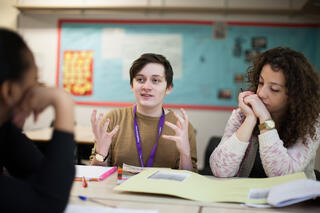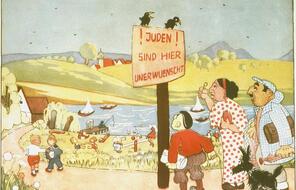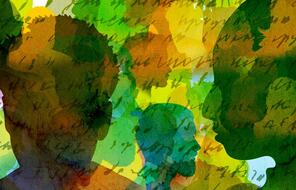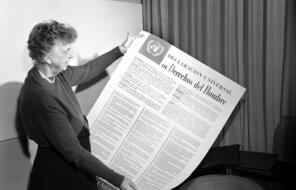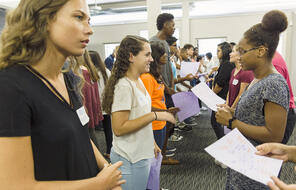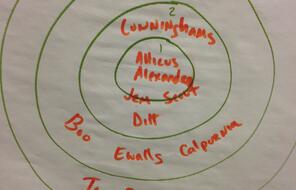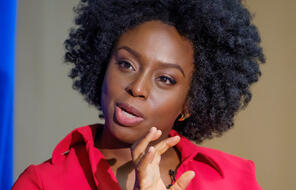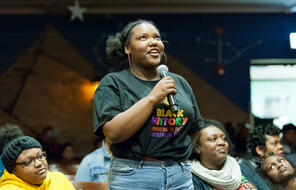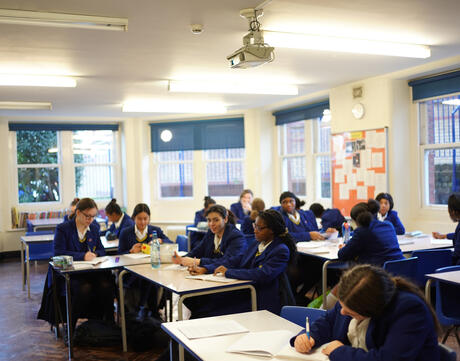
Responding to Difference
Overview
About This Lesson
In the previous lesson, students learned about our tendency as humans to form groups. They learned that while group membership can come with benefits, there are also potential costs that can involve hard choices between maintaining one’s own identity and risking exclusion from the group. Students also explored the range of responses available to people when they encounter exclusion, discrimination, and injustice. In this lesson, students will look more closely at the variety of ways we respond to differences between ourselves and others. This is important for students to consider because our responses to difference can contribute to the creation of “in” and “out” groups that can favour some individuals and groups while marginalising others. After reflecting on difference in a journal response, students will read a poem and use it as an entry point for discussing the different ways people respond to human differences and the consequences of those different responses. In the end, students will turn their attention to their school or local community and, in a creative assignment, consider the ways in which they would like to see people respond to difference.
Preparing to Teach
A Note to Teachers
Before teaching this text set, please review the following information to help guide your preparation process.
Lesson Plans
Activities
Extension Activity
Materials and Downloads
Quick Downloads
Download the Files
Get Files Via Google
Responding to Difference
The Costs and Benefits of Belonging
When Differences Matter
Unlimited Access to Learning. More Added Every Month.
Facing History & Ourselves is designed for educators who want to help students explore identity, think critically, grow emotionally, act ethically, and participate in civic life. It’s hard work, so we’ve developed some go-to professional learning opportunities to help you along the way.
Exploring ELA Text Selection with Julia Torres
On-Demand

Working for Justice, Equity and Civic Agency in Our Schools: A Conversation with Clint Smith
On-Demand

Centering Student Voices to Build Community and Agency
On-Demand




